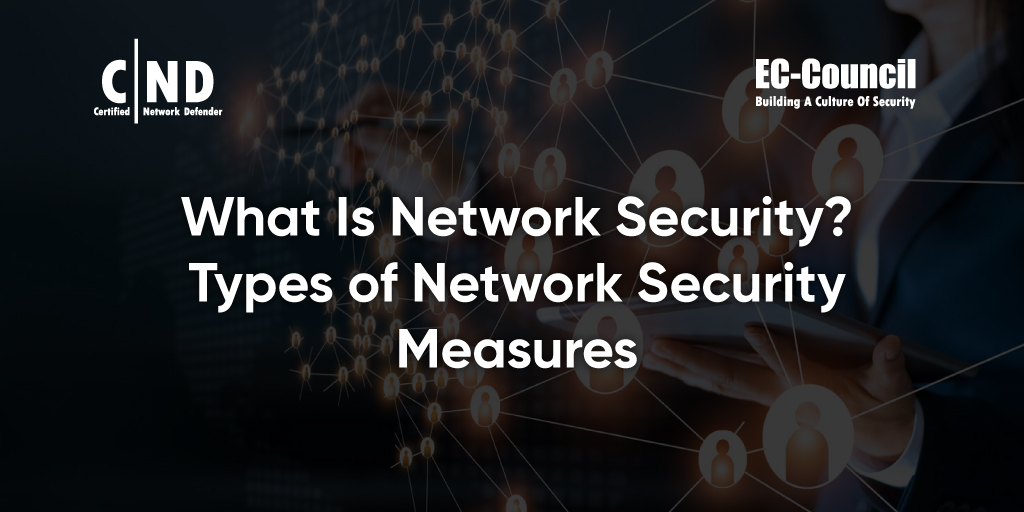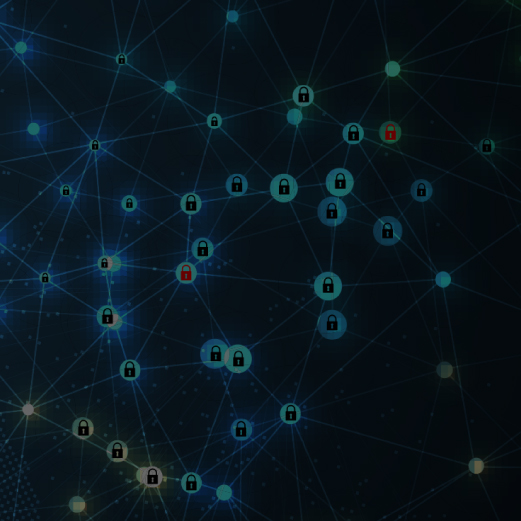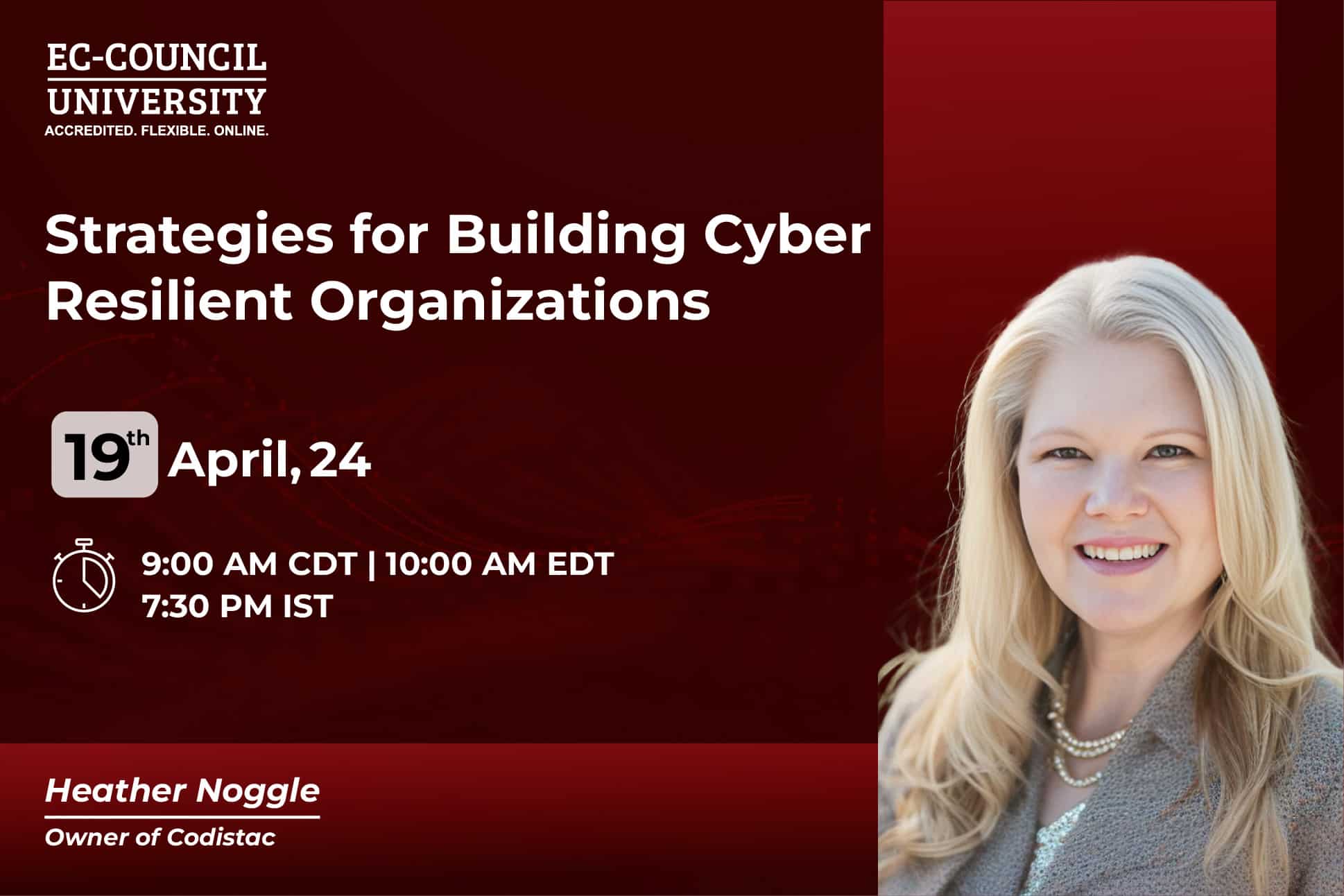Most people have read about the Colonial Pipeline attack that took an entire oil pipeline offline last year (McMillan et al., 2021). But that’s just the tip of the iceberg: Cybercrime more than doubled worldwide from 2020 to 2021 alone (Abrams, 2021). In an increasingly interconnected world—and particularly after the COVID-19 pandemic pushed even more business online—network security is one of the most important issues facing organizations of all sizes and types.
What Is Network Security?
What exactly is network security? Put simply, it’s the system used to secure data and resources against potential threats and unauthorized access. There are several ways to ensure network security, and the most successful network security systems utilize a variety of components to create a well-rounded overall strategy.
Types of Network Security Measures
Firewalls
A firewall is a barrier or filter between a given network and the outside world or the internet at large. It is responsible for screening the information that enters or exits a network and tracking that information. Firewalls serve as the front-line defense for any network security system, keeping out unauthorized entities seeking to access the system’s data. A fine-tuned, updated, and responsive firewall is one of the most important components of a network security system. Network security experts can test the strength of a firewall by determining how easy it is to penetrate. EC-Council’s Certified Network Defender(C|ND) course provides training on a variety of secure networking practices, including firewall installation and administration.Access Control
Access control refers to the systems and protocols an organization has in place to make sure that only authorized users can enter the network and access the data and information stored there. The most common tool for access control is identity and access management (IAM), which is standard in all network security protection systems.
IAM is a comprehensive strategy that covers all of an organization’s data—both in the cloud and in house—and implements keys and locks for every person authorized to access it. EC-Council’s CodeRed offers a complete IAM course that teaches you everything you need to know to design, organize, and launch an access control system that ensures only authorized individuals can access a network.
Network Segmentation
You’ve probably seen a movie where the hacker cracks the code, turns to the camera, and says, “We’re in!” In real life, it’s not quite that simple, thanks in part to network security protection methods like network segmentation.
Network segmentation collates an organization’s data into separate groups that share common functions, ensuring that access to one group does not guarantee outright access to another. That hacker in the movie may have breached the network on one level but does not have free rein over the entire network. Network segmentation also allows organizations to control which members of the organization have access to certain information that shouldn’t be available in the general network landscape.
Intrusion Prevention Systems
Intrusion prevention systems (IPSs) are designed to spring into action as soon as a network security risk is detected and respond by blocking it. The responses are generally designed by network professionals and are unique to the system they’re meant to protect, as they are built to protect that specific system’s vulnerabilities. EC-Council’s C|ND course trains you to create IPSs that can identify and respond to attacks and threats before they damage networks or compromise information. The lab-intensive C|ND program gives you all the hands-on training you need to implement an effective and quick-acting IPS.Employee Training
One of the most effective network security protection measures that organizations can take is to ensure that everyone who has access to the organization’s network is trained not to inadvertently jeopardize the network’s security. This can happen in many ways—for example, giving out information to phishers and not implementing proper security features in work-related emails or documents stored in the cloud. Organization-wide security awareness training and policies are essential components of protecting an enterprise’s network against cyberattacks.Advance Your Network Security Education with EC-Council
Abrams, L. (2021, May 18). FBI says cybercrime complaints more than doubled in 14 months. Bleeping Computer. https://www.bleepingcomputer.com/news/security/fbi-says-cybercrime-complaints-more-than-doubled-in-14-months/
McMillan, R., Volz, D., & Hobbs, T. D. (2021, May 11). Beyond Colonial Pipeline, ransomware cyberattacks are a growing threat. The Wall Street Journal. https://www.wsj.com/articles/colonial-pipeline-hack-shows-ransomware-emergence-as-industrial-scale-threat-11620749675










